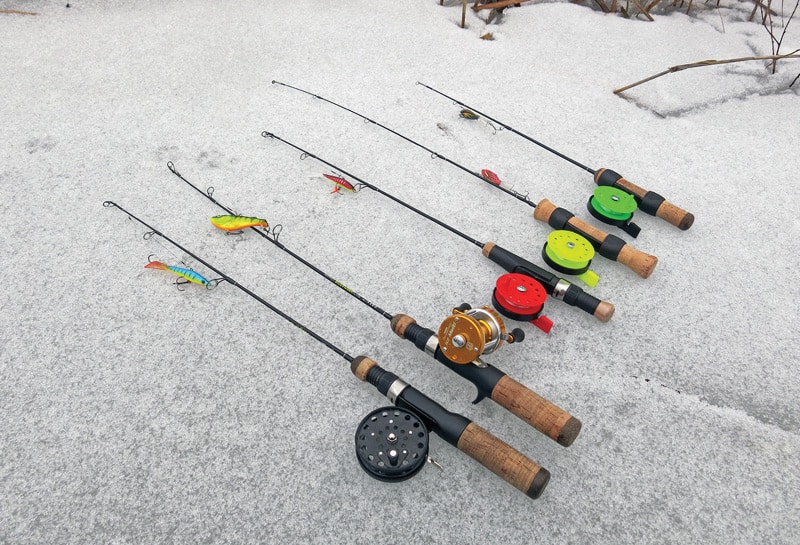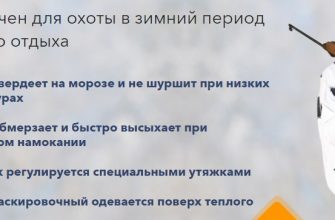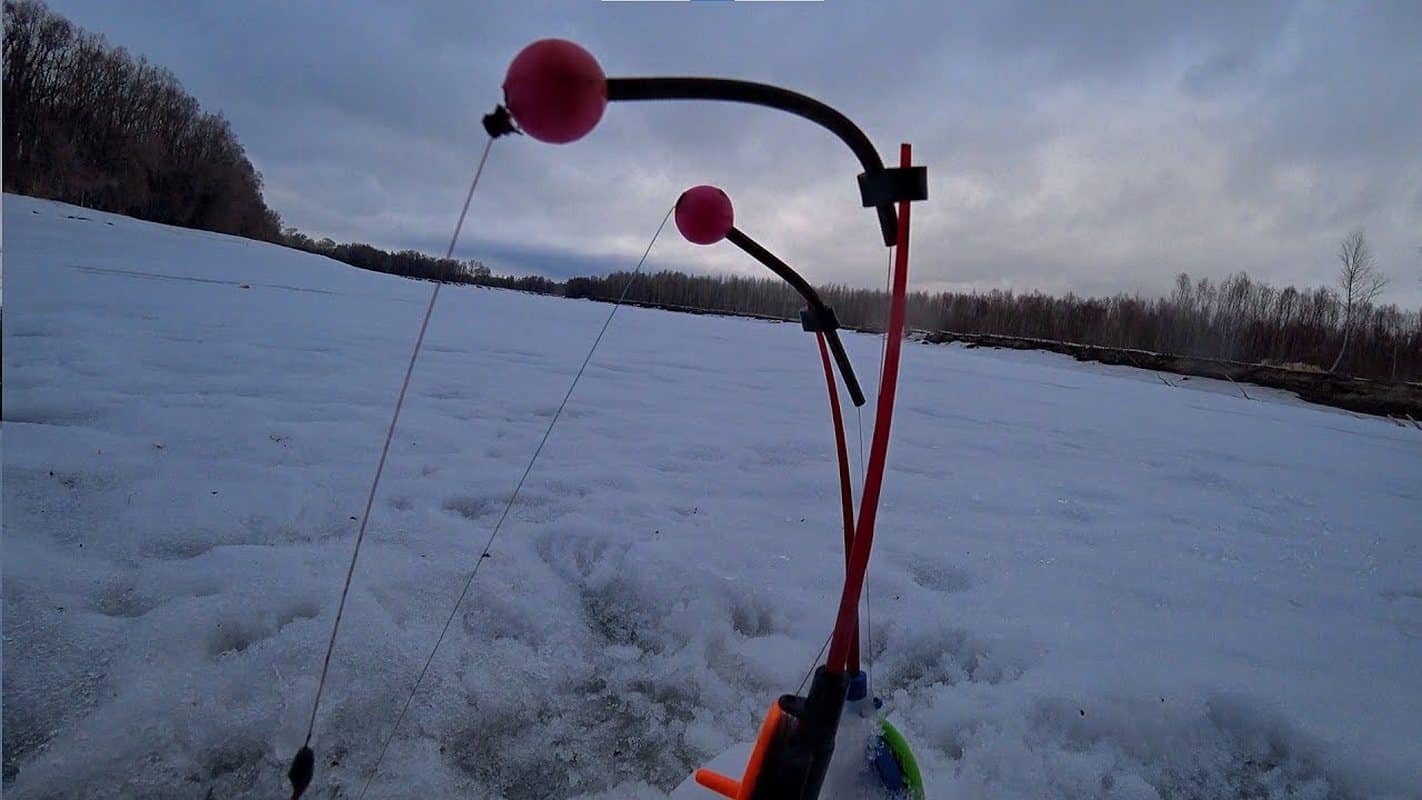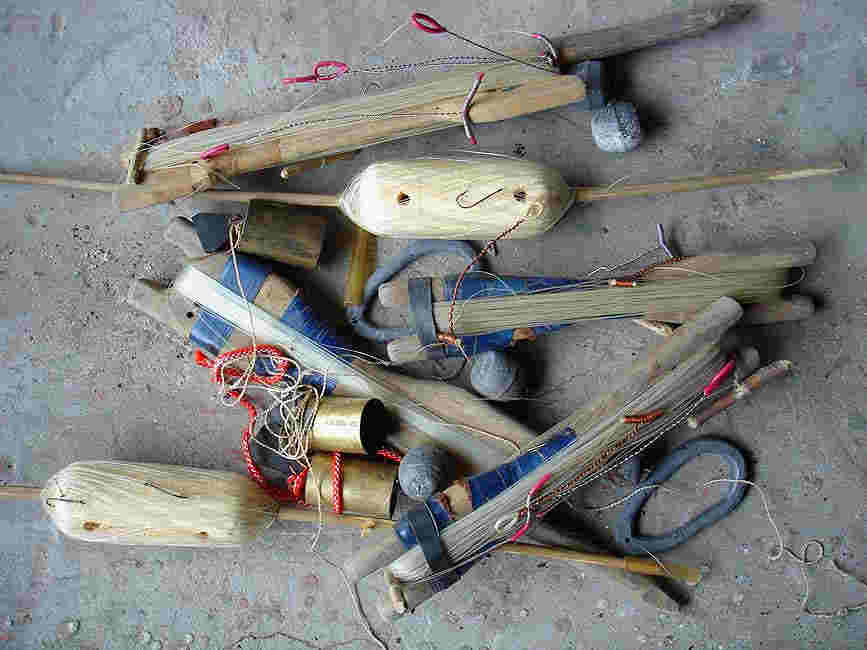Ice fishing rods differ from traditional
summer ones . They need to be extremely durable and sensitive, yet perform well in extreme winter conditions. The material from which they are made must be resistant to low temperatures, frost and temperature extremes. Fishing shops have a wide range of winter fishing rods, but there are also ways to assemble your own homemade ice fishing rod.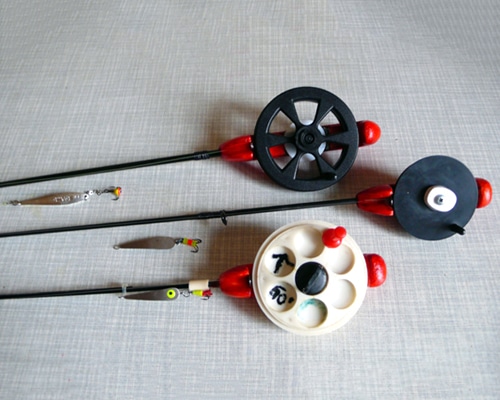 Fishing does not lose its popularity and still remains one of the ways of spending time among people of different age categories.
Fishing does not lose its popularity and still remains one of the ways of spending time among people of different age categories.
Winter fishingfor many it is a real challenge, but at the same time it is a pleasure and a way to relax. There is a category of people who like to fish in winter. Some fishermen catch fish and then cook it. For others, fishing is of sports interest, and they release the caught prey back into the reservoir. Whatever the goals of the penguin anglers, they cannot do without the right ice fishing rods. Professionals in their field know very well that the result of the catch depends on the correct choice of a fishing rod. Manufacturers’ offers are very diverse, because for each type of fishing, different baits and fishing methods are used. It is also important in which bodies of water fishing is carried out, what is the depth of the water area, the presence of a current and the individual preferences of the angler. Ice fishing rods are available in different sizes.Available in standard and foldable versions, making them easy to transport and store. They combine lightness, strength and complete disregard for subzero temperatures.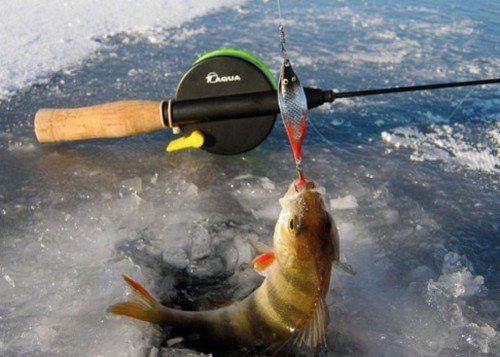
- Why it is important to choose the right rod – the start of a successful winter fishing
- Varieties of winter fishing rods
- Filly
- Winter fishing rod “balalaika”
- Winter fishing rods with reel
- About whips
- Winter float rods
- Ice fishing rods for fishing on balancer
- Fishing rods for fishing with lures in winter
- Fishing rods when fishing with a jig
- Winter perch fishing rod
- Fishing rod for winter fishing for zander and pike
- Trout
- Self-Tailing Ice Fishing Rod
- Electronic fishing rod
- How to make a winter fishing rod with your own hands at home – several options
- Поделиться ссылкой:
Why it is important to choose the right rod – the start of a successful winter fishing
When ice fishing, the choice of a suitable fishing rod is important, first of all, you need to make a start when choosing, depending on the sensitivity, length and weight of the blank. In this case, it is worth monitoring your own anatomical parameters. If the fisherman has long arms, it is uncomfortable for him to work with a fishing rod that is too short, and vice versa. Models of winter fishing rods with a length of 45-55 cm are considered universal. If necessary, fishing rods longer than 70 cm are also purchased (for example, when fishing with a
balancer and
ratlin ) and shorter than 40 cm (for example, when fishing with a
rewinder ).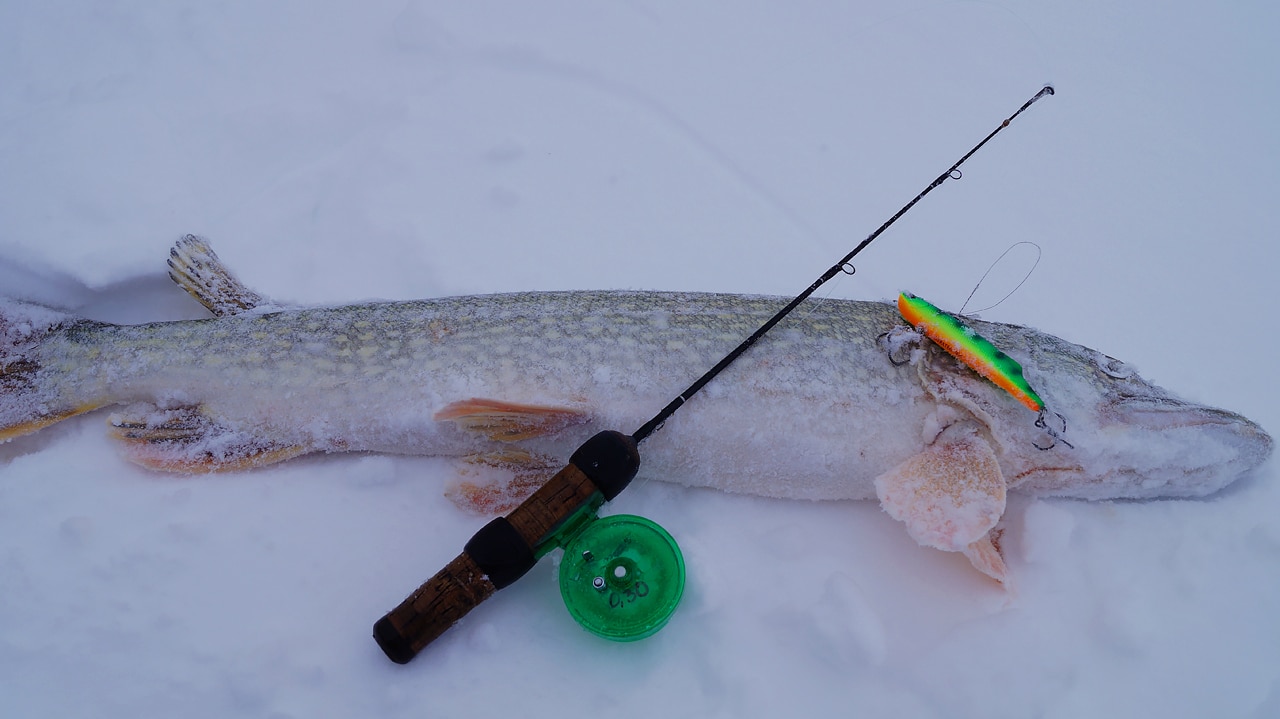
The coil should be light too. Also, do not forget about the strength of the blank, this is important, especially when working in the cold, in difficult conditions of freezing and temperature changes. The basis of any winter fishing rod: a whip and a handle. The whip in the standard consists of the following materials:
- fiberglass;
- carbon and its alloys;
- aluminum;
- wood.
The rod handle can be either solid or empty inside. Lead rings can be located on the whip. Parts of the rig that are not available on every rod: the reel, the guides used to attach the line to the rod, and the nod. Their presence is directly dictated by the type of fishing. A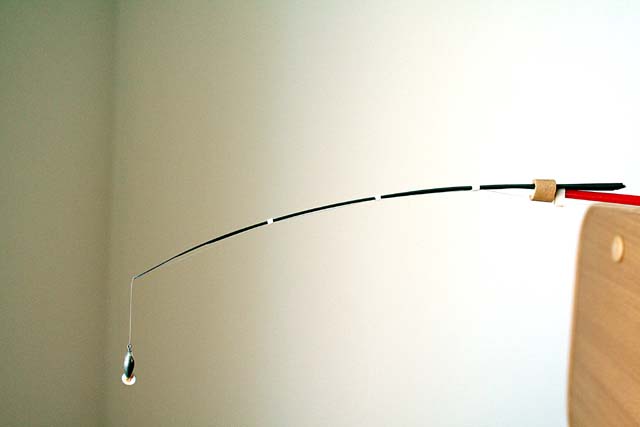
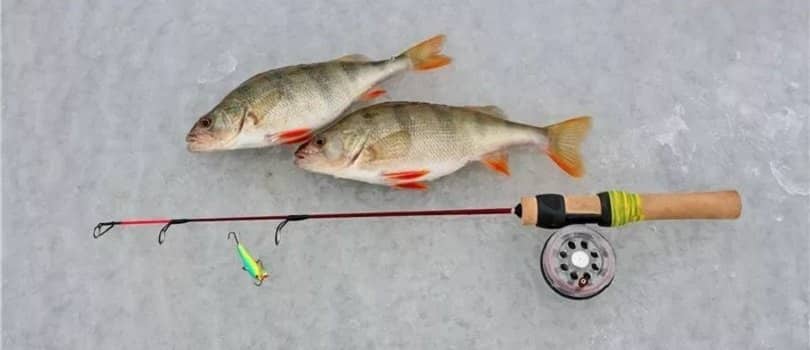
- Cork;
- Styrofoam;
- corrugated plastic.
Varieties of winter fishing rods
There are several types of ice fishing rods.
Filly
A rod of the simplest type, original shape and reliable tackle. Consists of a handle and a whip. This type of rod is always used without a reel. It is called so because of the supports with which it rests against the ice. The working handle is lightweight, made of cheap simple materials: foam or plastic. The stand simultaneously functions as a reel. A fishing line and rig is wound on it. Advantages:
- simplicity and reliability, does not contain additional elements;
- quickly prepares for fishing;
- easily transported;
- does not sink in water;
- in cold weather, in thick mittens when hooking, it is convenient to grab and lift the tackle.
Flaws:
- lightweight construction is not stable in strong winds;
- it is difficult to wind the line without a reel;
- there is no freedom of maneuver due to the lack of a coil;
- simple, inconspicuous design.

Winter fishing rod “balalaika”
Winter udilnik for fishing
bezmotmylku ,
jig and
minnow , the basis of plastic foam. Consists of a coil, a whip, and sometimes support legs. The reel body replaces the handle. The model is popular among amateurs and is always in the arsenal of professionals. Advantages:
- easy, when playing with a jig, the angler works only with a brush;
- simplicity of design and use;
- Styrofoam is a warm material, comfortable to hold in your hand.
Flaws:
- more suitable for active fishing;
- lightweight construction may not be able to handle large fish.
Inconvenience when working in frosty weather: water that gets into the coil freezes and blocks rotation. Balalaika Kuznetsov rod: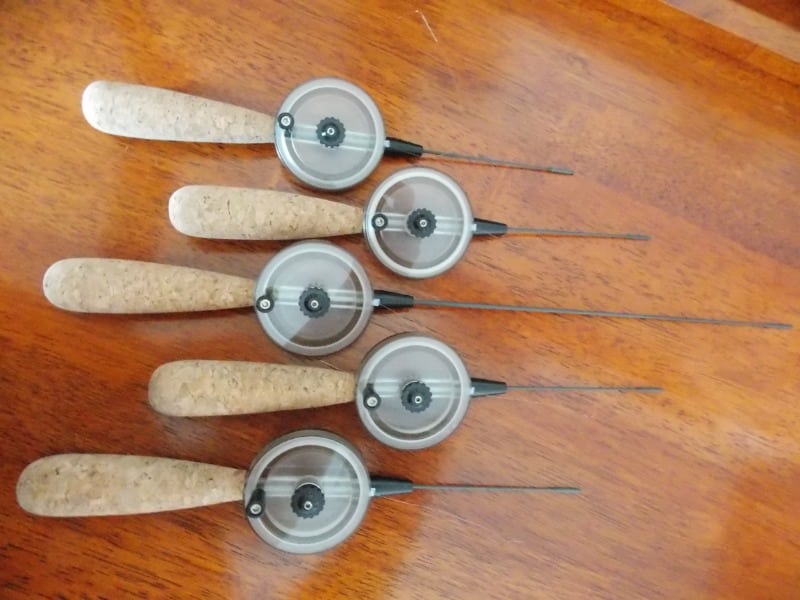
Winter fishing rods with reel
Ice fishing rods are almost always equipped with an inertial reel. This is due to mechanics. But there are also multipliers that are designed for winter fishing.
- the ability to use monofilament fishing line and cord;
- easy to operate and store;
- allows you to work with all types of baits and attachments.
Flaws:
- great weight when compared with previous copies;
- hands get tired of playing – this affects the catch.
Summary table of winter fishing rods:
| Fishing rod design and name | Variety | Peculiarities | The size | Catch | Fishing type |
| Filly | Jig, winter fishing rods with a float | Do not have a coil. Consists of a whip, fishing line and reel (aka handle), there is a nod. | Average length 20-40 cm | Perch, bream , other peaceful fish | Windless, passive, active, ice fishing Any type of ice fishing in shallow waters. |
| Balalaika | For fishing with bait, jig, with a float, live bait rigs. Sports. | There is a closed coil (it also serves as a handle). The coil is connected to the whip. May have legs for support. | 25-35 cm | Perch and peaceful medium-sized fish: roach , bleak , crucian carp . | Passive, waterless, active bottom fishing, ice fishing |
| Ice fishing rod with reel | Fishing rods for fishing with lures, balance weights, ratlins with light and heavy lures, Zhivtsovka. With a float for the flow. | Clearly drawn handle, reel, whip. | 30-40 cm, up to 100 cm | Active and passive predator: pike , pike perch , burbot , perch . Peaceful fish: roach, silver bream, bream, | Fishing for a predator using artificial baits. Fishing for peaceful fish. |
About whips
The whip for a winter fishing rod is made of the following materials: plastic, fiberglass, the most expensive carbon fiber models – they are the most sensitive and durable. With a well-tuned whip, the rod does not require a nod. Fiberglass and plastic require fishing with a nod (bite indicator).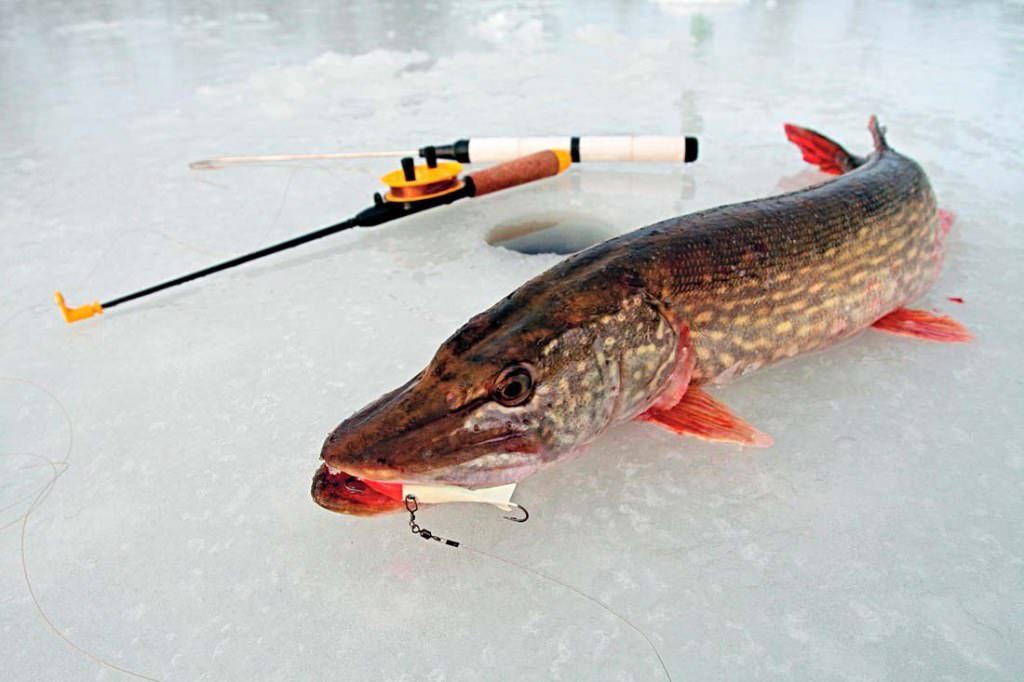
Winter float rods
To equip a float rod you will need:
- fishing line with a diameter of 0.12-0.18 mm;
- removable or fixed float;
- hook;
- stopper;
- the jig will replace the hook weight;
- pellets, weights, if fishing is on a hook with a boost – bloodworm , maggot, worm.
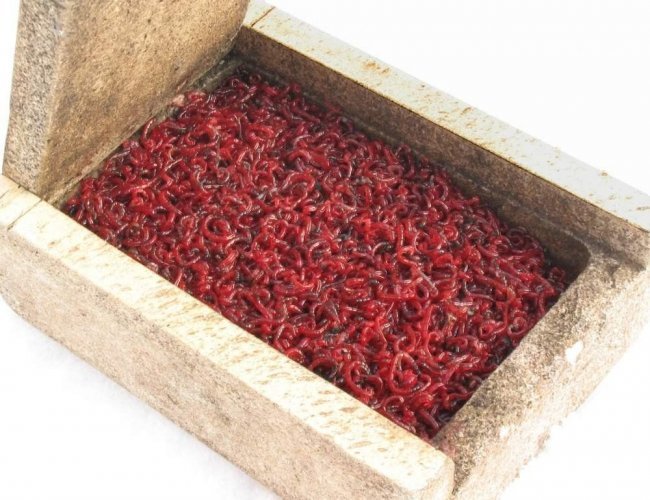
The simplest float consists of a body and an antenna. At a properly loaded float, only the antenna looks out of the water. It should be upright. Adjust the position with pellets. They move along the line. New ones are added if the float floats on its side or excess ones are removed if the float is completely submerged in water. The float is fixed by sliding freely between the two clamps, or it can be tied in one place. The tackle is going to be simple:
- the fishing line is wound on a reel or reel, if it is a filly.
- the fishing line is threaded through all the pass rings;
- a stopper, then a float and again a stopper – for the sliding method;
- weight;
- hook.
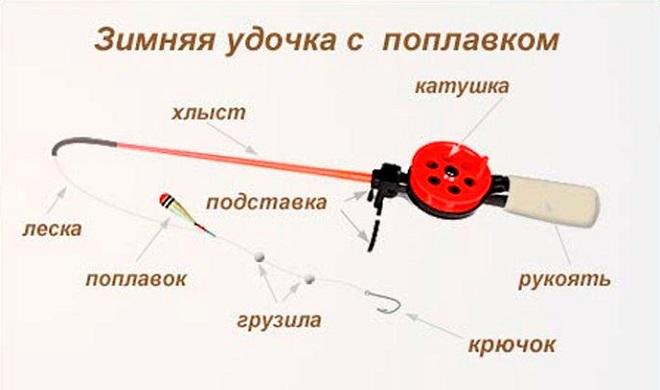
Ice fishing rods for fishing on balancer
Artificial bait balancer has the shape of a small fish, in the middle there is a ring for fixing on the line and two hooks, one at the front and one at the back. Bait for winter, the most versatile size is from 3 to 9 cm. When setting up a fishing rod, you should take into account that the
balancer will need to be animated rather aggressively. The whip is selected precisely according to the weight of the bait. It should only bend slightly under the weight of the bait.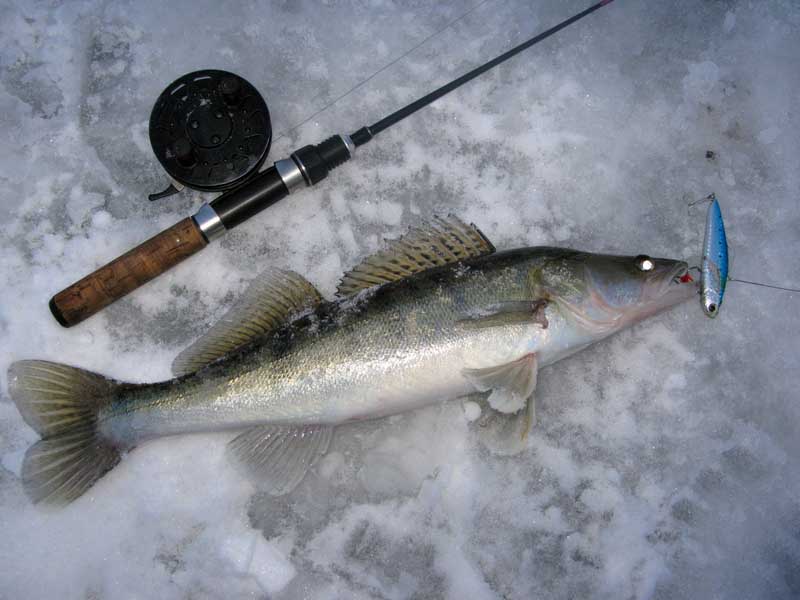
- for heavy lures and for fishing at a depth of pike , zander you need a hard rod 60-100 cm long;
- light tackle for medium depths and exploration of the reservoir – you need a fishing rod 40-60 cm long;
- very light rod for catching perch and small glass pike perch 30-40 cm.
Light tackle:
- fishing rod weight 15 g, length up to 50 cm;
- a rod of medium hardness may be needed when fishing for zander and pike;
- soft whips are suitable for perch;
- can be equipped with a gentle nod when fishing for peaceful fish;
- the line goes inside the whip and has a thickness of 0.16 mm;
- the whip is long and elastic, it is used if there is no nod;
- a reel is not required on light tackle.
How to equip a fishing rod when fishing for predatory and large fish:
- spinning reel;
- cork handle;
- carbon fiber whip;
- rigid rod and whip;
- whip from 4 to 15 cm;
- rod length up to 60 cm;
- movable mounts;
- a leash is not required, if it is, then a thin tungsten leash;
- fishing line with a diameter of 0.2 – 0.25 mm.
The balance bar is attached directly to the fishing line, or through a fastener or a blind loop.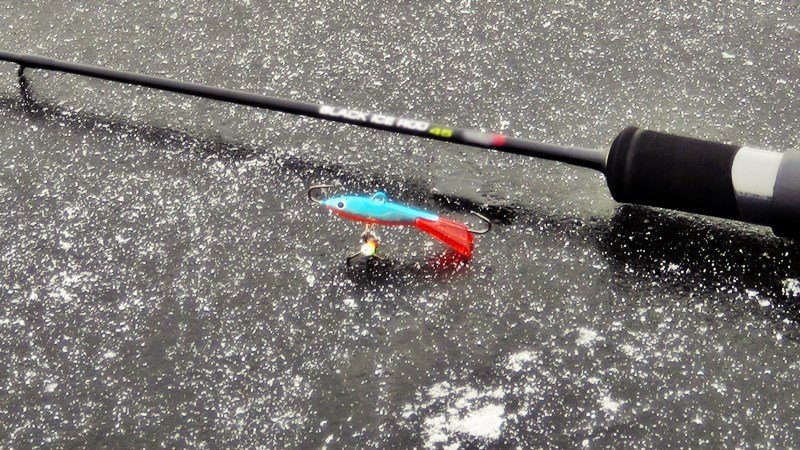
Fishing rods for fishing with lures in winter
Spoons are easy for catching perch and heavy for fishing for large predators (pike, zander). Accordingly, fishing rods are different. Equipment for winter fishing rods when fishing with light baits:
- fishing rod 40-50 cm;
- whip of medium hardness;
- may not have coils;
- a nod is needed hard, resilient;
- lure materials: copper, brass;
- spinner size up to 3.5 cm;
- fishing line with a thickness of 0.08 to 0.1 mm;
- whip length from 20 to 30 cm.
Equipment for fishing rods for large predators:
- the whip is long from 40 to 50 cm;
- rigid carbon fiber whip;
- no nod is needed;
- reel mandatory, with a large or medium reel when using an inertial reel, 1000-1500 according to Shimano’s classification when using a spinning reel;
- handle made of polystyrene, cork, wood;
- pass rings – 3, 4 pieces;
- a leash is required only for pike fishing;
- fishing line with a diameter of 0.16 mm – 0.2 mm.
It is assembled like this:
- wind the fishing line on the spool;
- if there is a nod, then attach it to the whip;
- pass the line through the rings;
- attach the bait to the end of the line.

Fishing rods when fishing with a jig
The best choice of a fishing rod when working with this lure is the “balalaika” type, lightweight with a weight of 11-20 grams.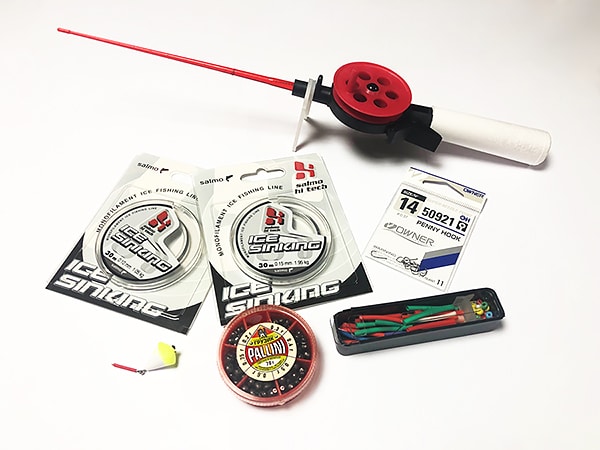
- Fishing line – 0.08-0.12 mm, the lighter the jig, the thinner the fishing line.
- Monofilament fishing line, less often fluor.
- The nod should bend 45 degrees.
- The length of the nod depends on the prey. Long – for bream, short – for perch.
- Lavsan is a nod material.
The setting of the fishing rod for the jig is carried out by each fisherman individually according to his needs. The main thing is to provide a high-quality play of the jig.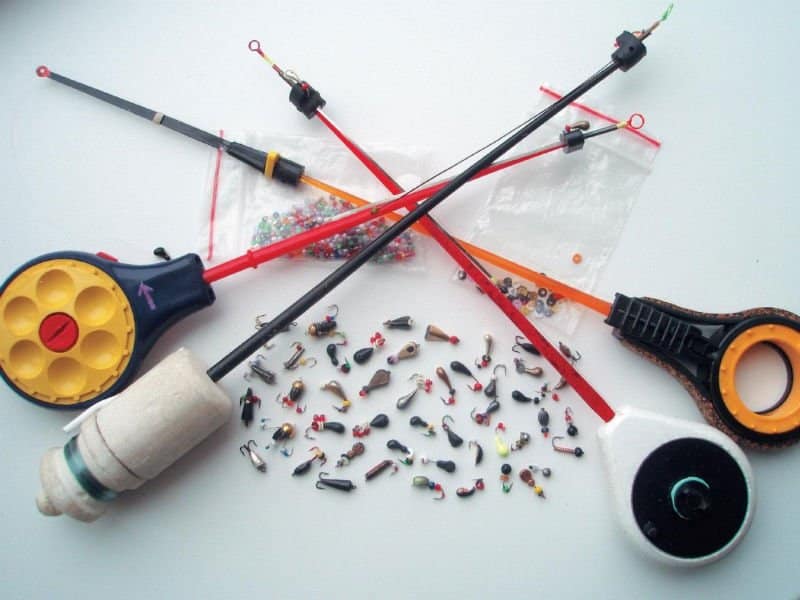
Winter perch fishing rod
A balalaika and a fishing rod equipped with a reel are suitable. A fishing rod when fishing with a jig is light, length up to 60-80 cm, with a whip 1.0-1.5 cm thick and a meat grinder reel. A nod from the clock spring. Fishing line 0.05-0.10 mm thick. The
reel is caught using a “balalaika” 30 cm long. Weighing 30 gr. Whip – 20 cm. Fishing line – 0.10-0.12 mm. Nod materials – lavsan or metal.

Fishing rod for winter fishing for zander and pike
The rod is chosen reliable and rigid, capable of withstanding the pressure of large strong fish, characterized by a sharp blow at the moment of biting. The whip is elastic, strong, made of carbon fiber. You need a fishing rod with a reel and a reel seat. The length of the rod is 30-50 cm. The reel is an important element when fishing for zander and it should be in a closed body. The nod is moderately elastic, needed for a quality game. Nod materials are different: springs, polymer tubes, thermoplastic, lavsan. The fishing line is selected according to the estimated weight of the prey. Standard – 0.12-0.2 mm, for large rivers and reservoirs – 0.25 mm. Lures: baubles,
zerlitsa , jig .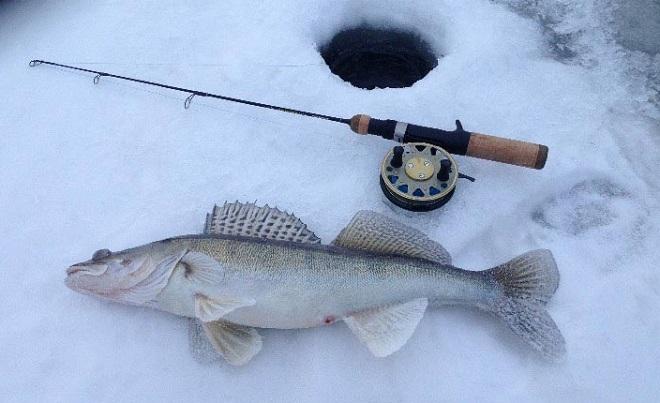
Trout
For trout fishing you need a rod with an inertial reel, a comfortable grip, a tough but light rod up to 50 cm long. The handle is made of PVC material, cork or foam. The whip is flexible. The nod should be good for the game. It is worth choosing a short, hard version made of lavsan material or a metal spring. The coil is 3-5 cm in diameter. The choice of hooks depends on the bait: for shrimp – long hooks, for trout paste – round, short.
Self-Tailing Ice Fishing Rod
The self-landing rod catches fish itself, giving the fisherman an opportunity to rest and distract himself, and it is also possible to put several such rods. Principle of operation:
- fish, swallowing prey, pulls off the line;
- the stretched line presses on the trigger;
- the trigger is triggered;
- the spring straightens and raises the rod up;
- the fish is brought to the surface.
Self-Tailing Ice Fishing Rod: https://youtu.be/J_uQGtvghqI
Electronic fishing rod
Several advantages over a conventional fishing rod:
- It keeps a constant frequency in which the jig, spoon or other bait oscillates. It is difficult to achieve this result manually. This is a very important component when fishing, for example, perch.
- Using the adjusting screws, you can achieve and leave unchanged the desired amplitude and frequency.
- Easy to operate, only 2 buttons: turn on and off.
- No manual animation needed.
- Long period of work in frosty weather.
- Some models have a bite indicator.
Principle of operation:
- lower the bait to the desired depth;
- turn on the device;
- regulate fluctuations.
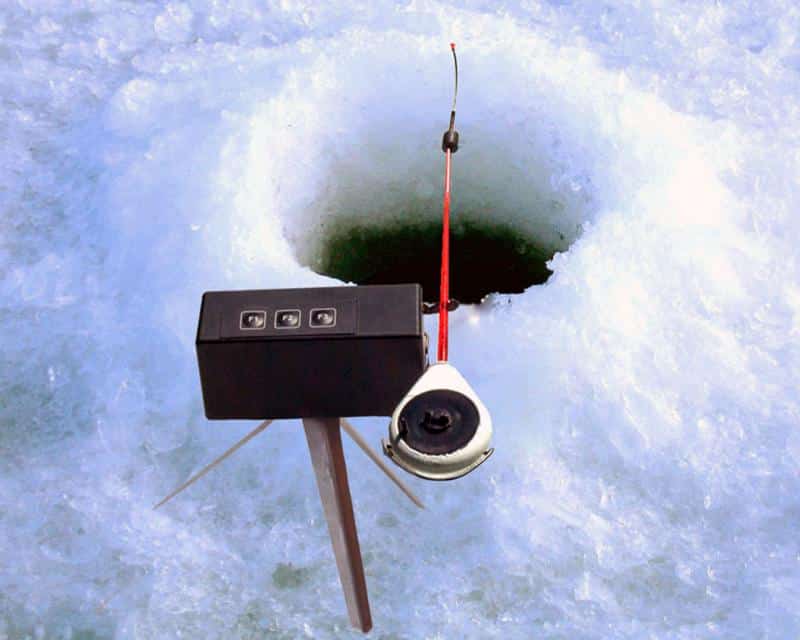
How to make a winter fishing rod with your own hands at home – several options
Do-it-yourself balalaika fishing rod step by step instructions:
- Cut a circle out of polystyrene to fit the future coil.
- Align and sand with sandpaper.
- Cutting a groove around the entire diameter of the circle is the place to wind the line.
- Also smooth out any burrs with sandpaper.
- In the back of the circle – screw the handles with a screw with a nut – this is a counterweight. Will give stability to the fishing rod.
- Make a hole in the opposite side with a hot nail. A whip will go into it.
- Fasten the whip with durable, quick-drying glue.
- Paint the handle in any color.
- It remains to wind the fishing line with a jig and you can go fishing.
Fishing rod “Mare” – production step by step:
- Cut the handle from the foam. The form must have “legs” for stability.
- A wooden spool of threads, previously cut in half, is used as legs. It is attached to the base with screws.
- A ditch is cut along the prepared foam handle. This is a recess for winding the line.
- In the front part, make a hole for the whip.
- A whip can be purchased at the store or taken from an old fishing rod.
- Paint the product.
A fishing rod for winter fishing with your own hands – video instruction: https://youtu.be/0Gg7urFTqrM It is impossible to say for sure which winter fishing rod is better, purchased or homemade. And in either case, it is more important to choose the right rod for the fishing conditions, for the baits and fish used.
